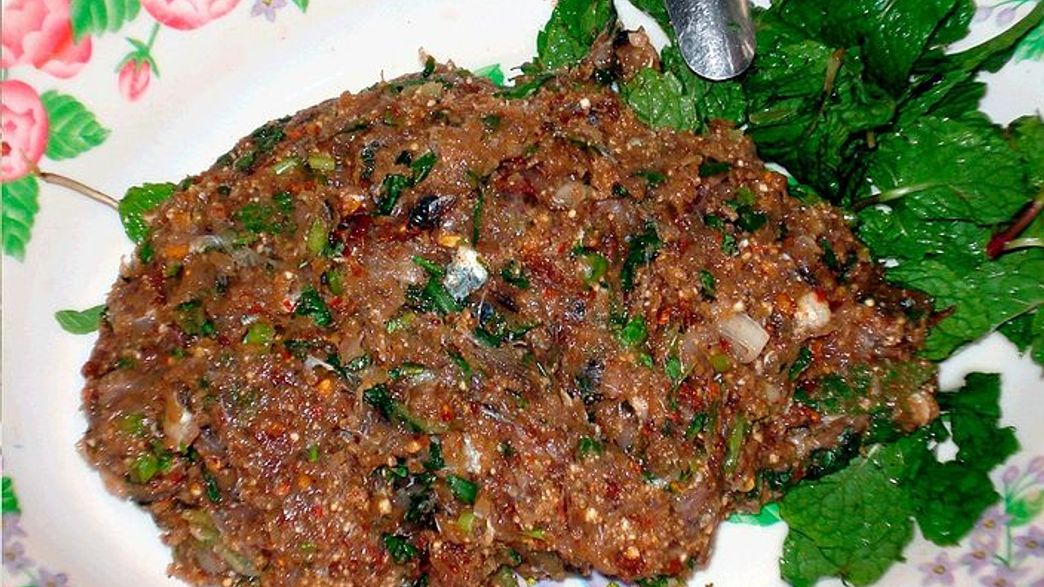A doctor in Thailand has launched a compelling campaign to save lives by discouraging people from consuming a local dish that can be deadly. Motivated by the tragic loss of his own parents, he is determined to raise awareness about the risks associated with a beloved delicacy that includes raw fish.
This dish, known as koi pla, is a popular and affordable meal in Thailand’s impoverished Isaan region. It consists of minced raw fish mixed with herbs, spices, and lemon juice. However, this seemingly harmless dish has a dark side: it can lead to the development of fatal liver cancer.
Surprisingly, it is not the fish itself that poses the danger, but rather the liver flukes – parasitic flatworms – that often reside within them. These flukes are so prevalent in the region that the incidence of liver cancer in Isaan province is alarmingly high. In fact, it is estimated that more than 50 percent of cancers diagnosed in men in this area are attributed to this disease, compared to just 10 percent globally.
Driven by the loss of both his parents to bile duct cancer, also known as cholangiocarcinoma, Narong Khuntikeo pursued a career as a liver surgeon. Now, he is on a mission to educate people about the dangers of koi pla. He has assembled a team of doctors, scientists, and researchers to travel around Isaan, providing ultrasound examinations and urine tests to screen villagers for the disease.
The fish used in this dish are caught in the Mekong River, where liver flukes are widespread. Since the fish is consumed raw, locals gradually accumulate a high parasite load over time, which can eventually lead to the development of liver cancer. In his efforts to raise awareness about this threat, Narong has encountered many individuals who have been consuming koi pla since childhood but have never been tested for the disease.
Unfortunately, many people are unaware of the hazards associated with eating koi pla. When deaths occur, they often go unnoticed as they happen quietly at home, typically among older individuals. This is why Narong is determined to reach as many locals as possible.
However, convincing people to undergo the tests has not been easy. Despite the hidden danger, koi pla remains a cherished delicacy in the region, with a long-standing tradition of consumption. The locals, especially the older generation, are resistant to change and believe that cooking the fish, which would effectively kill the parasites, compromises the taste.
[H/T: The Guardian]








